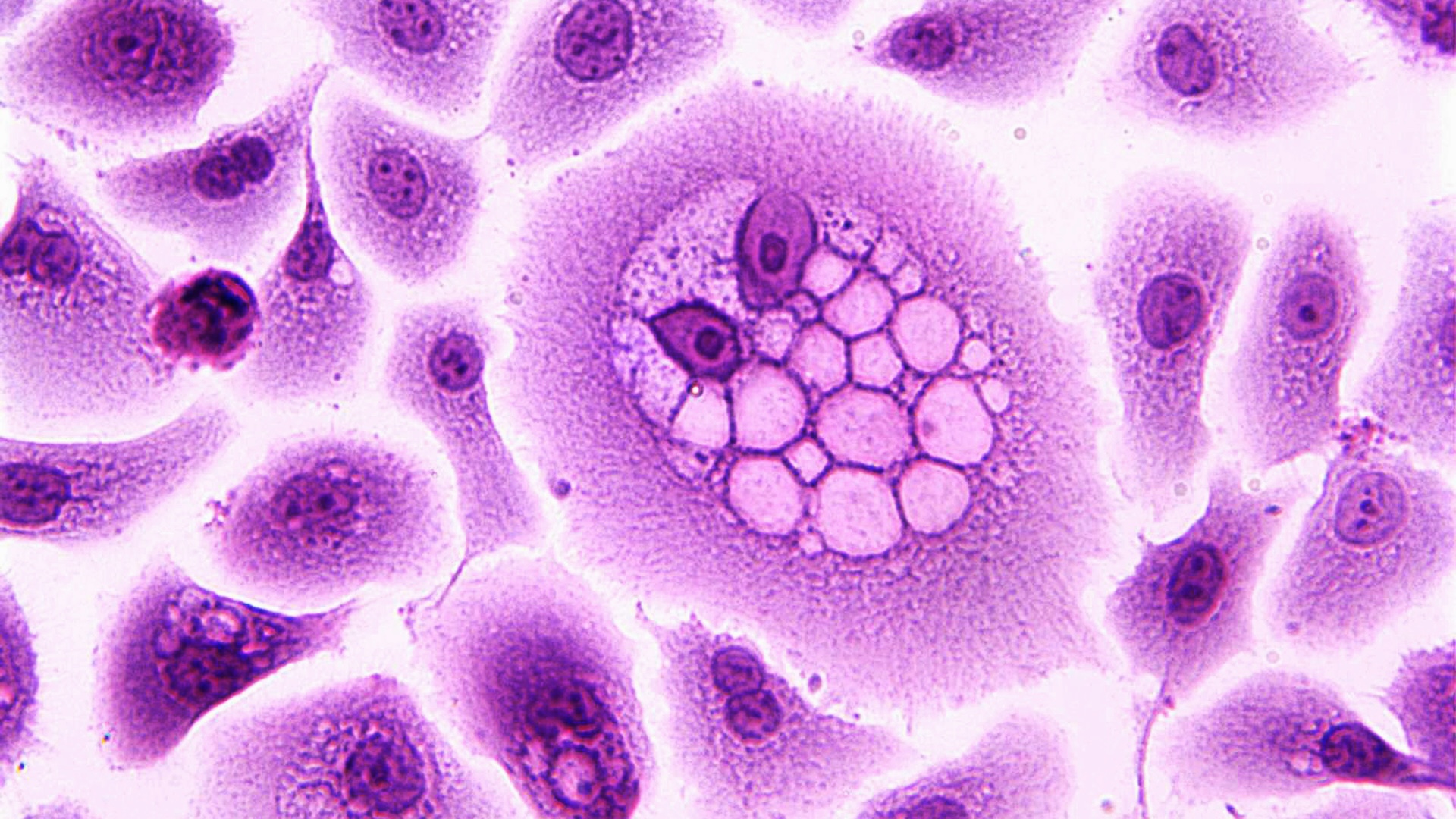Biomedicines, Vol. 11, Pages 1612: Application and Performance of Artificial Intelligence (AI) in Oral Cancer Diagnosis and Prediction Using Histopathological Images: A Systematic Review
Biomedicines doi: 10.3390/biomedicines11061612
Authors: Sanjeev B. Khanagar Lubna Alkadi Maryam A. Alghilan Sara Kalagi Mohammed Awawdeh Lalitytha Kumar Bijai Satish Vishwanathaiah Ali Aldhebaib Oinam Gokulchandra Singh
Oral cancer (OC) is one of the most common forms of head and neck cancer and continues to have the lowest survival rates worldwide, even with advancements in research and therapy. The prognosis of OC has not significantly improved in recent years, presenting a persistent challenge in the biomedical field. In the field of oncology, artificial intelligence (AI) has seen rapid development, with notable successes being reported in recent times. This systematic review aimed to critically appraise the available evidence regarding the utilization of AI in the diagnosis, classification, and prediction of oral cancer (OC) using histopathological images. An electronic search of several databases, including PubMed, Scopus, Embase, the Cochrane Library, Web of Science, Google Scholar, and the Saudi Digital Library, was conducted for articles published between January 2000 and January 2023. Nineteen articles that met the inclusion criteria were then subjected to critical analysis utilizing QUADAS-2, and the certainty of the evidence was assessed using the GRADE approach. AI models have been widely applied in diagnosing oral cancer, differentiating normal and malignant regions, predicting the survival of OC patients, and grading OC. The AI models used in these studies displayed an accuracy in a range from 89.47% to 100%, sensitivity from 97.76% to 99.26%, and specificity ranging from 92% to 99.42%. The models’ abilities to diagnose, classify, and predict the occurrence of OC outperform existing clinical approaches. This demonstrates the potential for AI to deliver a superior level of precision and accuracy, helping pathologists significantly improve their diagnostic outcomes and reduce the probability of errors. Considering these advantages, regulatory bodies and policymakers should expedite the process of approval and marketing of these products for application in clinical scenarios.

 1 year ago
34
1 year ago
34

